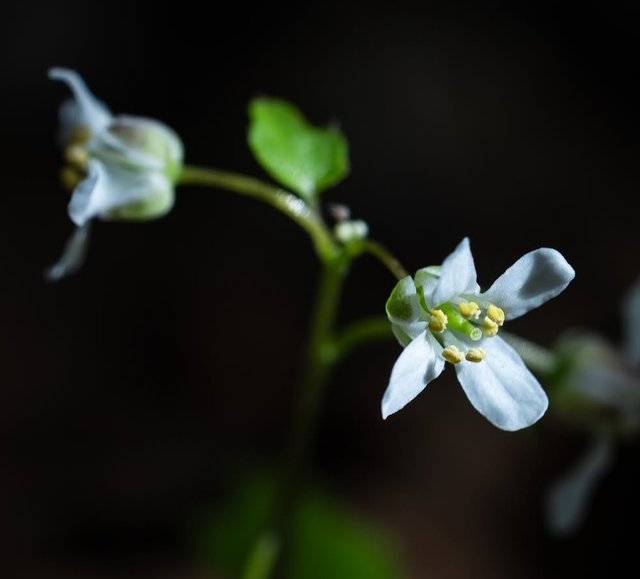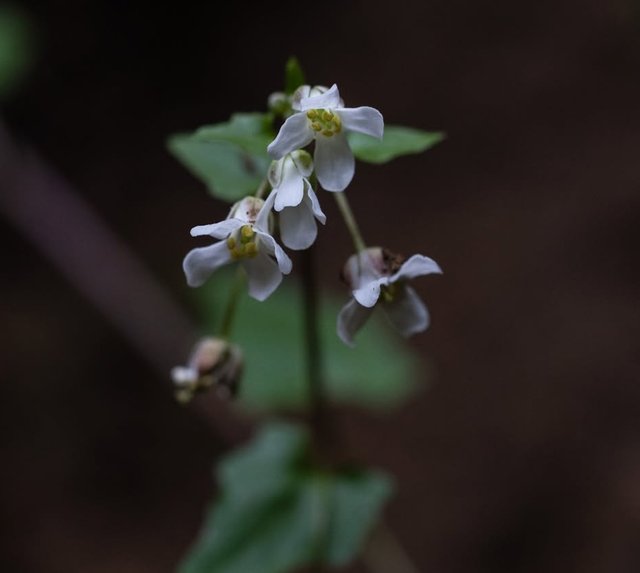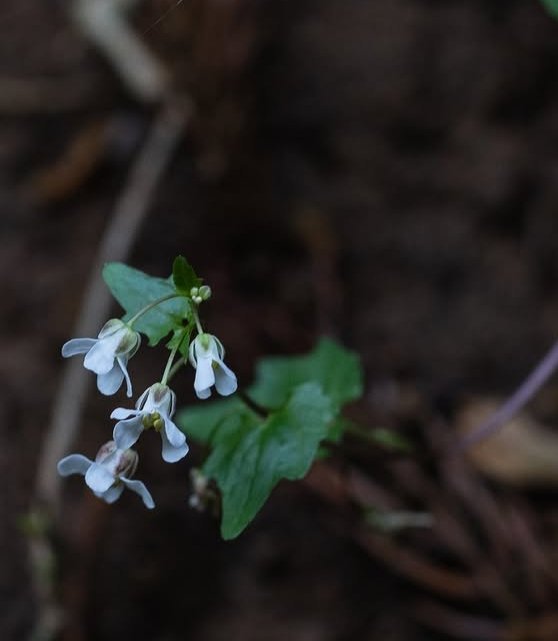Cardamine Flexuosa So Amazing Flower
Cardamine flexuosa: The Unsung Hero of Moist Forest Floors
When we think of spring wildflowers, showy blooms like trilliums and violets often steal the spotlight. But among the leaf litter and damp soil of woodlands, a subtle and resilient plant quietly thrives — Cardamine flexuosa, commonly known as Wavy Bittercress.
This humble member of the Brassicaceae family might be small in stature, but it has a fascinating ecological story and plays an important role in its habitat.
Identification and Features
Cardamine flexuosa is a delicate, herbaceous plant that often goes unnoticed due to its unassuming appearance. It typically reaches heights of 10 to 30 centimeters and is characterized by:
Slender, slightly wavy stems — a feature that gives the species its name "flexuosa," meaning "bending" or "wavy."
Pinnate leaves with rounded leaflets arranged oppositely along the stem.
Small, white, four-petaled flowers — typical of the mustard family — which bloom in early to late spring.
Thin, upright seed pods called siliques, which split explosively when mature, dispersing seeds efficiently.
Habitat and Distribution
Native to Europe and parts of Asia, Cardamine flexuosa has also established itself in North America, particularly in moist, shaded woodlands, stream banks, and disturbed soils. It thrives in cool, damp environments and often appears in early spring, taking advantage of the increased sunlight before the tree canopy fully leafs out.
This adaptability to both natural and human-altered environments has allowed it to spread widely, and it’s now considered a cosmopolitan species in many temperate regions.
Ecology and Importance
While it may look modest, Cardamine flexuosa is more than just a ground cover. It serves as an early nectar source for small insects and pollinators emerging from winter dormancy. Its seeds provide food for birds and small mammals, and it helps stabilize soil in wet areas prone to erosion.
Interestingly, Cardamine flexuosa is closely related to other members of the Cardamine genus, such as Cardamine hirsuta, and often hybridizes with them. These relationships provide valuable insight for botanists studying plant evolution and adaptation.




%20(7).jpeg)